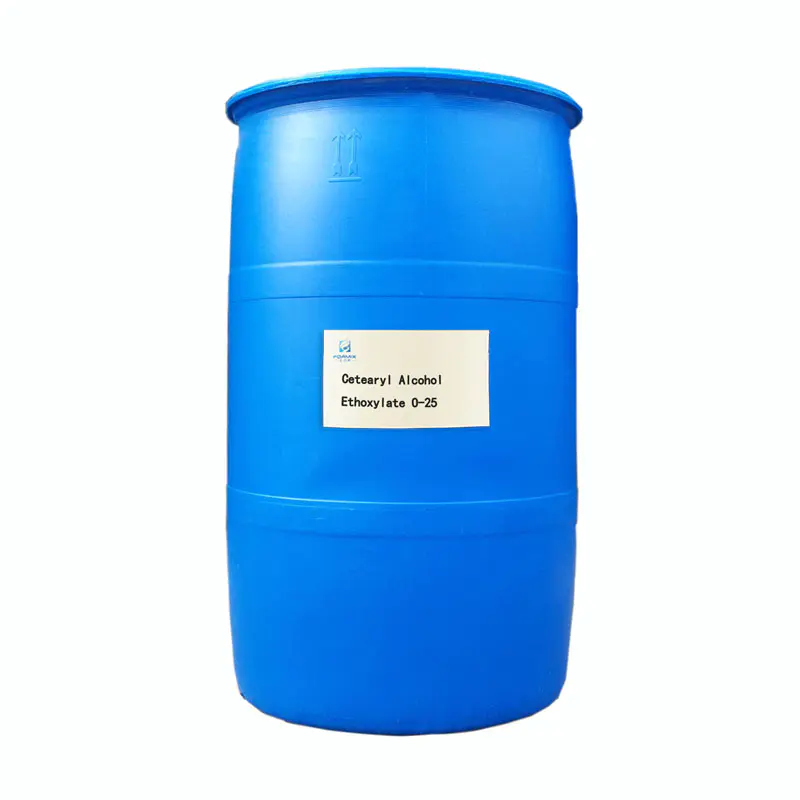What types of thickeners are there in water-based paints?
2025-04-16
Water-based paint refers to a type of paint that uses water as a solvent or dispersion medium. Water-based paint has become the future development direction of paints due to its non-toxic, easy to purify, low cost, low viscosity, non-irritating, and non-flammable characteristics. Paint additives are used in small amounts in water-based paints, but they can significantly improve the performance of paints and have become an indispensable component of paints. Thickeners are a rheological additive that can not only thicken the paint and prevent sagging during construction, but also give the paint excellent mechanical properties and storage stability. For water-based paints with low viscosity, it is a very important type of additive.
Water-based paint thickeners can improve the rheological properties of paints and help improve the pseudoplasticity of paints. When high shear rates are used, the paint can be easily thinned, and when shear is stopped or low shear force is applied, the paint can be thickened again. These characteristics can, on the one hand, improve the storage stability of the paint and avoid the sedimentation of pigments and fillers in the paint. At the same time, during the spraying process, they help the atomization of water-based paints. On the other hand, during the construction process, they can prevent the sagging of the paint and ensure that the paint has good construction performance.

Let's take a look at the characteristics of various thickeners.
1. Cellulose thickeners
Cellulose thickeners have high thickening efficiency, especially for thickening the water phase. They have fewer restrictions on coating formulations and a wide pH range. However, they have some disadvantages, such as poor leveling, more splashing during roller coating, and susceptibility to microbial degradation. Since they have low viscosity under high shear and high viscosity under static and low shear, the viscosity increases rapidly after coating, which can prevent sagging, but on the other hand, it causes poor leveling. Cellulose thickeners have a large relative molecular mass, so they are prone to splashing. And because cellulose has good hydrophilicity, it will reduce the water resistance of the paint film.
2. Associative polyurethane thickeners
The associative structure of associative polyurethane thickeners is destroyed under the action of shear force, and the viscosity is reduced. When the shear force disappears, the viscosity can be restored to prevent sagging during the construction process. And its viscosity recovery has a certain hysteresis, which is conducive to the leveling of the coating film. The relative molecular mass of polyurethane thickener is much lower than that of the first two types of thickeners, and it will not promote splashing. Polyurethane thickener molecules have hydrophilic and hydrophobic groups. The hydrophobic groups have a strong affinity with the matrix of the coating film, which can enhance the water resistance of the coating film.
Because the latex particles participate in the association, no flocculation will occur, which can make the coating film smooth and have a higher gloss. Many properties of associative polyurethane thickeners are better than other thickeners, but due to its DuTe micellar thickening mechanism, the components that affect micelles in the coating formula will inevitably affect the thickening property. When using this type of thickener, the influence of various factors on the thickening performance should be fully considered. Do not easily replace the emulsion, defoamer, dispersant, film-forming aid, etc. used in the coating.
Qingdao Fumaisi High-tech Materials Co., Ltd. specializes in the production of various thickeners. The company has adhered to the concept of quality-oriented and honest management for many years, and strives to provide customers with reliable products and good after-sales service!

